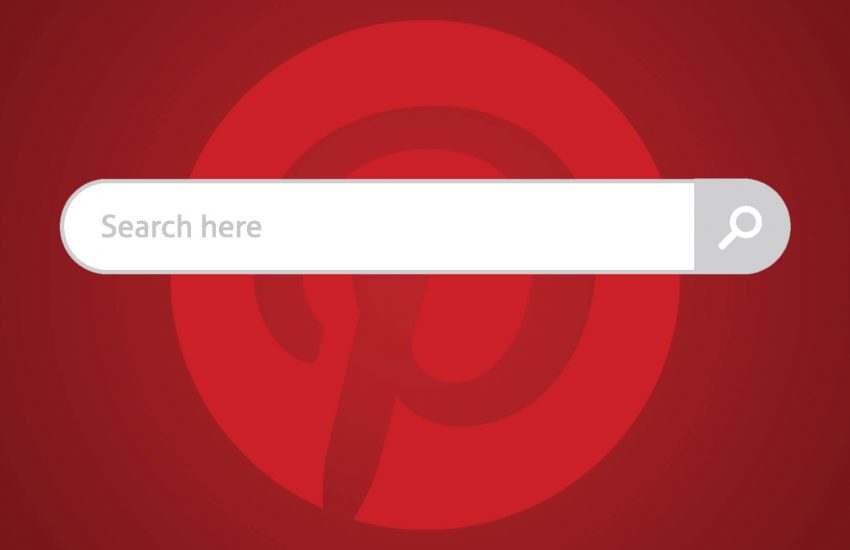Pinterest introduced its anticipated Search Ads product on Wednesday. Search ads will open up ad inventory across the more than 2 billion searches that the company says happen on the platform every month. The new offerings include Keyword campaigns and feed-based Shopping campaigns.
Barilla, eBay, Garnier and Target have been among the brands testing the new search campaigns.
The company says 97 percent of monthly searches are for non-branded queries, giving advertisers an opportunity it sees as unique across search and social to capitalize on upper-funnel commercial intent. On average, 55 pins are shown on a search results page. Pinterest says the number of ads shown is dynamic and has no set ad ratio at this point.
Michael Akkerman, Head of Marketing Partnerships at Pinterest, said in a phone interview Tuesday, “Pinterest Search campaigns give marketers the opportunity to be there at the upper funnel decisioning point when users are initially looking to engage with products, services and brands.”
Keyword campaigns
Search marketers will be familiar with the vernacular of Pinterest’s new Keyword campaigns. Keywords can be grouped within campaigns in tightly themed ad groups, which Pinterest recently rolled out. Advertisers are able to optimize bids at the keyword level.
More unique to Pinterest — and where the company sees real value in its differentiation from other platforms — is the ads are visual Pins. “The visual nature of Pinterest allows users to digest product and service at more personal level,” says Akkerman.
While advertisers can opt to use the keyword structure they have in search campaigns on other channels, Akkerman points out that Pinterest has insights into keyword use based on how users are saving Pins. “We are able to understand how people relate to an image based on how they are saving it and naming it different things, and we are able to show advertisers those keywords.”
Shopping campaigns
The new feed-based Shopping campaigns, in particular, should allow Pinterest to bring more scale to ads on the platform. Instead of having to develop ad creative — in this case individual Pins — Shopping campaign ads are pulled right from the advertiser’s feed and ads can be dynamically updated based on inventory levels.
“Shopping campaigns lower the barrier to entry,” says Akkerman. Advertisers can take an existing product inventory feed and port it over to Pinterest with little to no modifications. There is FTP functionality now, and the company says it will be rolling out more feed functionality, including partnerships with feed management services.
Management & Measurement
To help launch these new offerings, Pinterest will be partnering with third-party vendors, including feed providers and campaign management platforms. Pinterest announced an initial partnership with Kenshoo on Wednesday.
Akkerman says the company is focused on the measurement tools and more studies on the advertising value of Pinterest. It’s looking toward it’s partnerhips with Kenshoo for online attribution, Oracle Datacloud for in-store sales lift and Millward Brown for brand affinity measurement, for example.
A study from Oracle Data Cloud, last year, found that Pinterest drove a 5 times higher incremental lift in in-store sales than the industry average (the industry being competing platforms). Seventy percent of those sales were from new customers.
“Our goal is to democratize that data for everyone,” says Akkerman and pointed to the earned media data already available in Pinterest Analytics that shows the number of times a Pin was saved and re-Pinned even after it stops being promoted. “There’s an opportunity to look beyond the typical 30-day attribution window and to look at earned media for Saves and Repins that get considered as organic. Advertisers often see that CPA can drop by 50 percent 30 days after a Pin is promoted because of the earned media.”
The company says it will be giving more businesses access to Search campaigns through Kenshoo and other partners in the coming months.
About The Author




